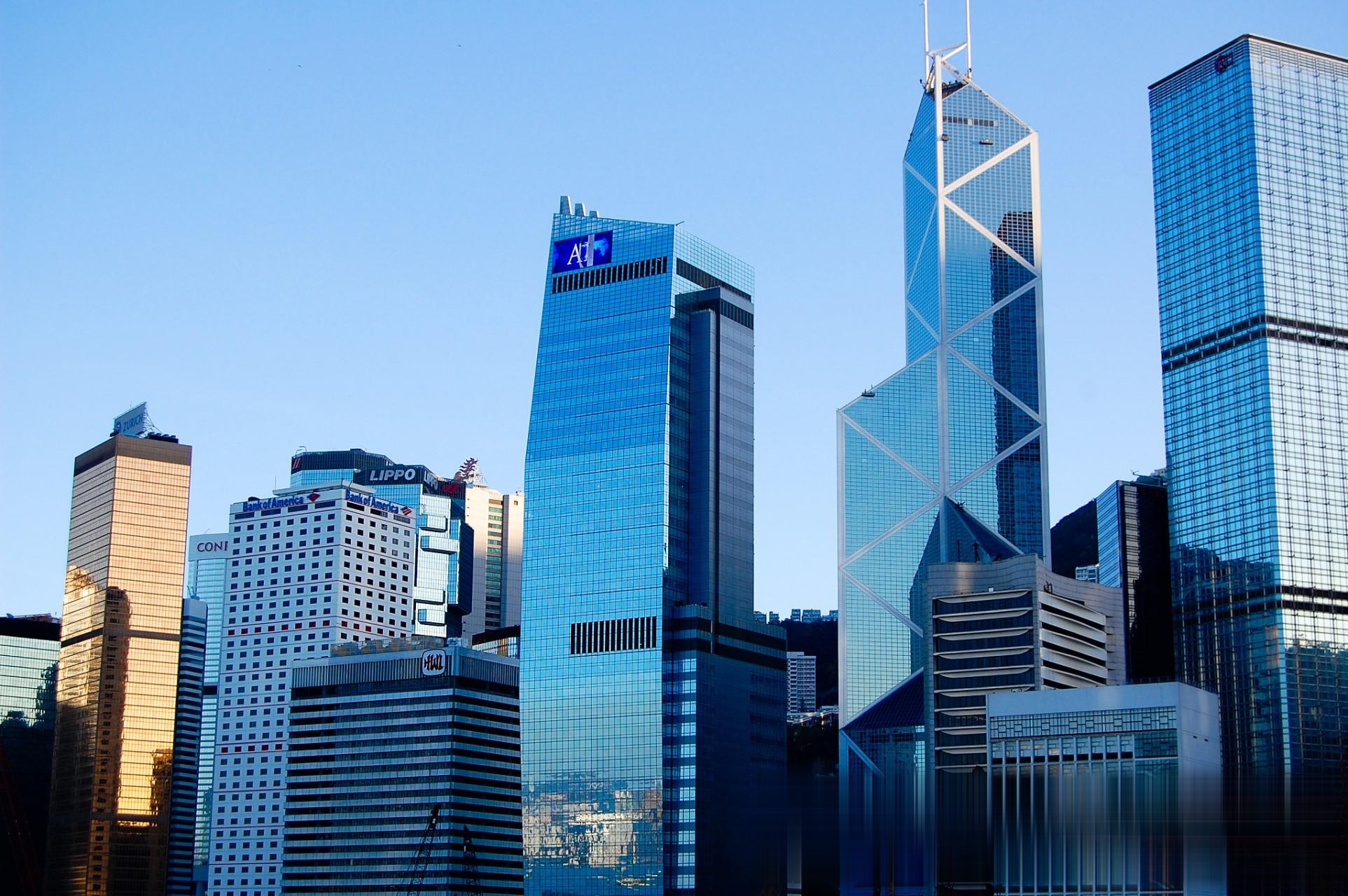The global diamond industry is undergoing its most significant transformation in decades. Over the past six months, approximately 70 Indian diamond trading offices in Hong Kong have shuttered their doors—one of the largest collective closures in recent memory. This isn’t just a business story; it’s a signal of deeper changes in how the world views value, luxury, and lasting beauty.
Behind these closures lies a dramatic shift in Chinese consumer behavior. As economic uncertainty grows, more buyers are turning away from traditional diamonds and toward pure gold jewelry, seen as a safer, more reliable store of wealth.
Gold’s Surge and Diamond’s Decline
The numbers tell a clear story. Over the last three years, polished diamond prices have fallen by more than 40%. At the same time, demand for gold jewelry in China has risen sharply. According to the China Gold Association, gold jewelry sales increased by nearly 8% in 2023, surpassing 706 tons. Much of this growth is driven by modern, lightweight designs that appeal to younger consumers.
Swiss trade data further underscores the trend. In early 2024, Chinese gold demand ahead of the Lunar New Year reached a seven-year high, pushing Switzerland’s gold exports to record levels.
Diamonds, once a universal symbol of status and commitment, are now facing a dual challenge: shifting consumer preferences and the rapid rise of lab-grown diamonds, which offer comparable beauty at a significantly lower cost.
The Human Impact on Indian Diamond Traders
Hong Kong has long served as a crucial hub connecting diamond centers in India, Dubai, Antwerp, and the United States. Many of the affected traders are from Surat, India—the heart of the global diamond cutting and polishing industry.
Dinesh Navadiya, President of the Indian Diamond Association, captured the sentiment of an entire sector:
“For the past three years, the diamond industry has been in a state of free fall. Polished stone prices have dropped sharply, and Chinese demand has all but disappeared. Many traders can no longer sustain their operations in Hong Kong.”
An estimated 600 Gujarati diamond merchants remain in Hong Kong, but rising costs are making it difficult to stay. Monthly expenses—including housing, office rent, and living costs—average around ₹700,000 (approximately $8,400). For small and mid-sized traders, these costs have become unsustainable. Many are returning to India, relocating their families, and exploring new business opportunities in Surat or Mumbai.
Inside China’s Evolving Luxury Market
Since the pandemic, demand for natural diamonds in China has fallen by as much as 60%. While consumers still appreciate diamond jewelry for its beauty, the market has fragmented in telling ways:
-
Natural diamonds are losing their appeal as investment assets.
-
Lab-grown diamonds are gaining traction among younger, ethically minded shoppers.
-
Gold jewelry has become the preferred choice for wealth preservation.
As one Hong Kong-based trader noted:
“Natural diamonds are facing an identity crisis in China. The lines between mined and lab-grown diamonds are blurring, and consumers are choosing gold as the safer bet.”
A Market in Transition
The diamond industry’s challenges are not limited to Asia. Global inflation, geopolitical tensions—including the Russia–Ukraine and Israel–Hamas conflicts—and softening U.S. demand have all contributed to the current downturn.
While rough diamond prices have seen a slight increase due to supply constraints, polished diamond prices continue to slide, declining by 30% to 45% over the past three years.
Many in the industry believe the market will remain subdued for some time. In response, businesses are diversifying—exploring lab-grown diamonds, digital retail, and more sustainable jewelry models.
The SODALULU Perspective
At SODALULU, we see this global shift not as a crisis, but as a necessary evolution. Today’s consumers are more conscious—they care about sustainability, transparency, and value. Lab-grown diamonds are positioned to become the future of modern luxury: ethical, accessible, and every bit as radiant as mined diamonds.
Looking Ahead
The closure of 70 diamond trading offices in Hong Kong is more than an economic headline—it reflects a fundamental shift in how people assign value to beauty and wealth. As gold rises and natural diamonds face challenges, lab-grown diamonds are emerging as the next chapter in fine jewelry.
SODALULU is proud to lead this movement, offering high-quality, certified lab-grown diamonds designed to shine responsibly for generations to come.

